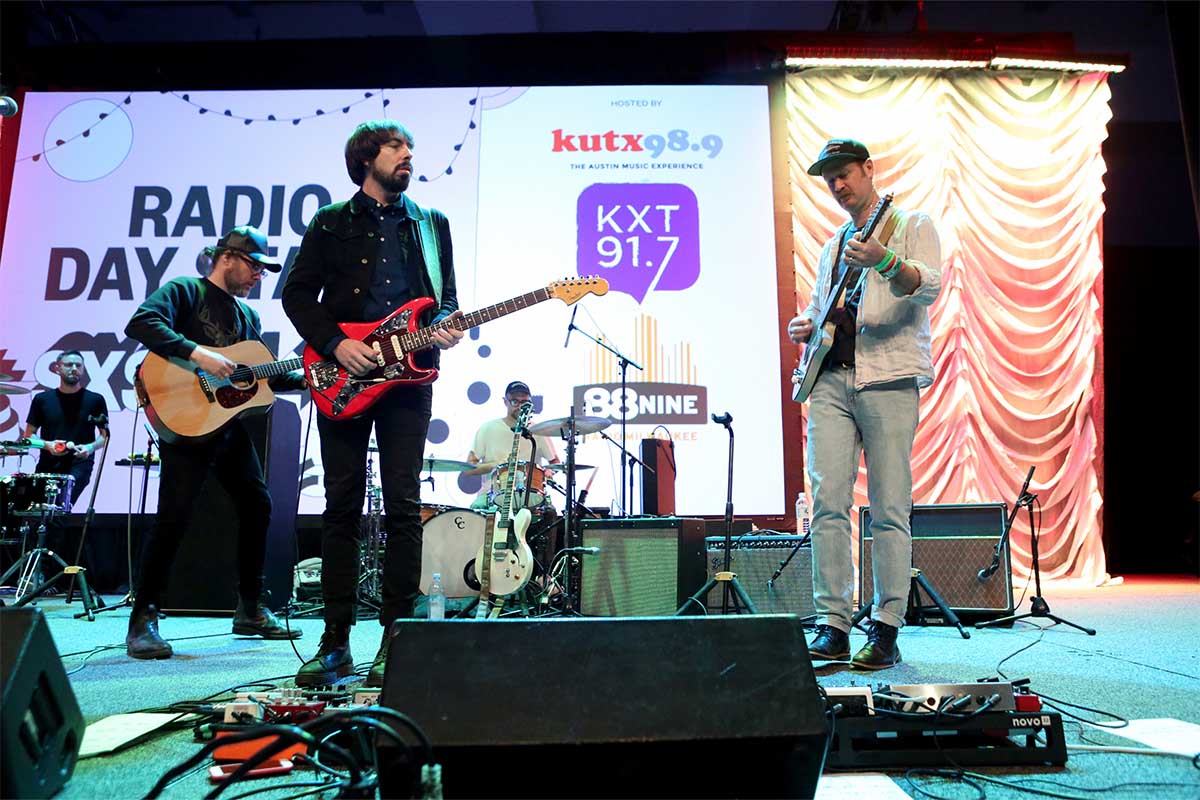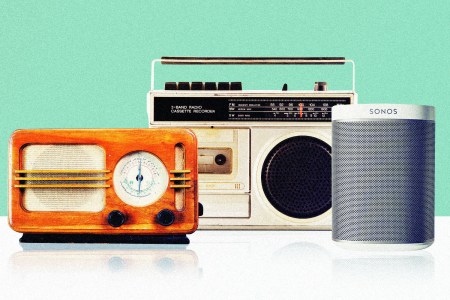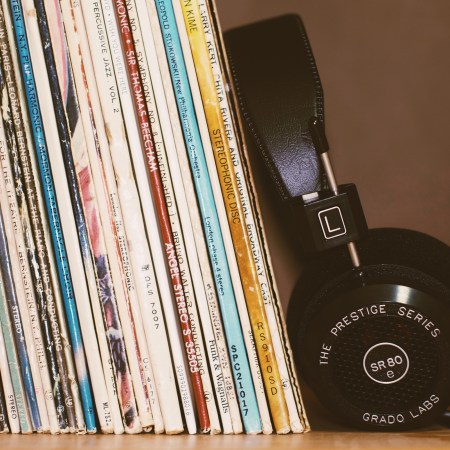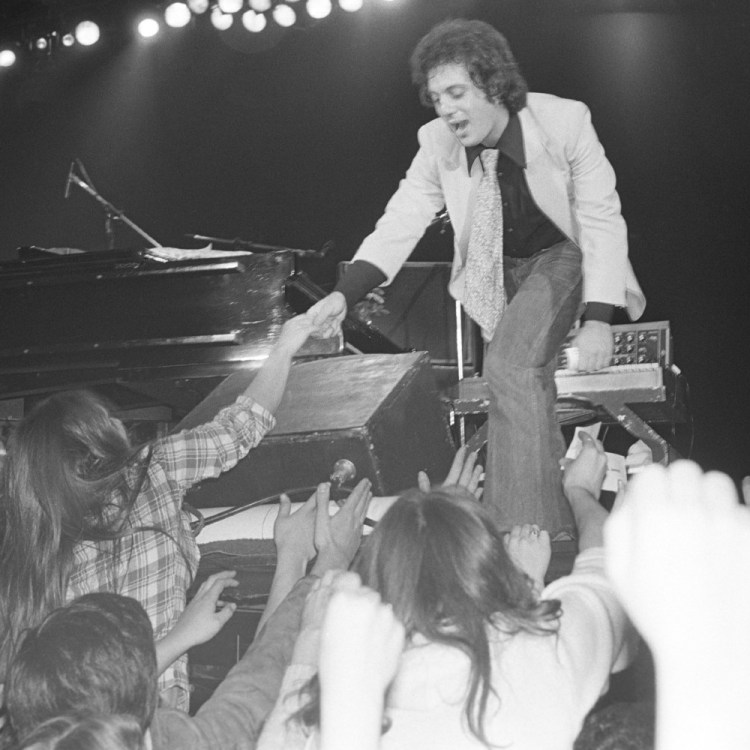The hottest ratings trend in radio? Public radio stations that play and emphasize (surprise!) new music.
As noted in Billboard, public stations such as KUTX in Austin, KEXP in Seattle, KCMP in Minneapolis and WXPN in Philadelphia have all enjoyed a significant ratings bump through music discovery, a.k.a. talking about and playing tunes by artists that listeners may not have heard of before, as brought to their listeners by local DJs.
“As consolidated commercial radio conglomerates have sacrificed localism and diverse playlists in the interest of severely slashing jobs in recent years, it is no surprise that music listeners are turning to high-quality and diverse public radio alternatives,” Rachel Stilwell, a music and media attorney who represents music industry coalitions before the Federal Communications Commission, told the music publication.
Commercial Radio Is 100 Years Old. Can It Survive?
Four industry veterans weigh in on how they’d “fix” a medium that remains popular but lacks innovationThe biggest success story might be Austin’s KUTX, which saw a tripling of its rating (1.8 to 5.7) in the past few years, becoming the city’s second most popular radio station.
If local DJs focusing on new songs is such a ratings driver, why has radio shied away from the seemingly obvious idea? As Billboard suggests, “Conventional radio wisdom dictates that listeners are more likely to fiddle the dial if they hear something foreign to them.” And given that radio is largely driven by advertisers, it’s easier to just emphasize a dozen or so new songs along with tracks that people already know. Additionally, the FCC eliminated the “main studio rule” in 2017, so large radio companies no longer had to maintain any presence in local markets where they had stations.
And those large conglomerates have limited playlists. So it’s up to smaller stations and public radio to fill in a very, very large listener gap; and given that public radio relies quite a bit on funding from its listeners, it has to take them into account more than a giant, ad-fueled radio station. And amazingly, those listeners crave something new.
As Matty Karas at MusicReDEF says: “How to defy (dubiously documented) music listening trends and (legit) radio programming trends and maybe just maybe grow your old-school terrestrial radio station ratings: Play more new music. Play more music, period. Have actual local DJs in your actual local studio communicating with your actual audience while playing music they actually want to play. Crazy, right?”
Thanks for reading InsideHook. Sign up for our daily newsletter and be in the know.



















